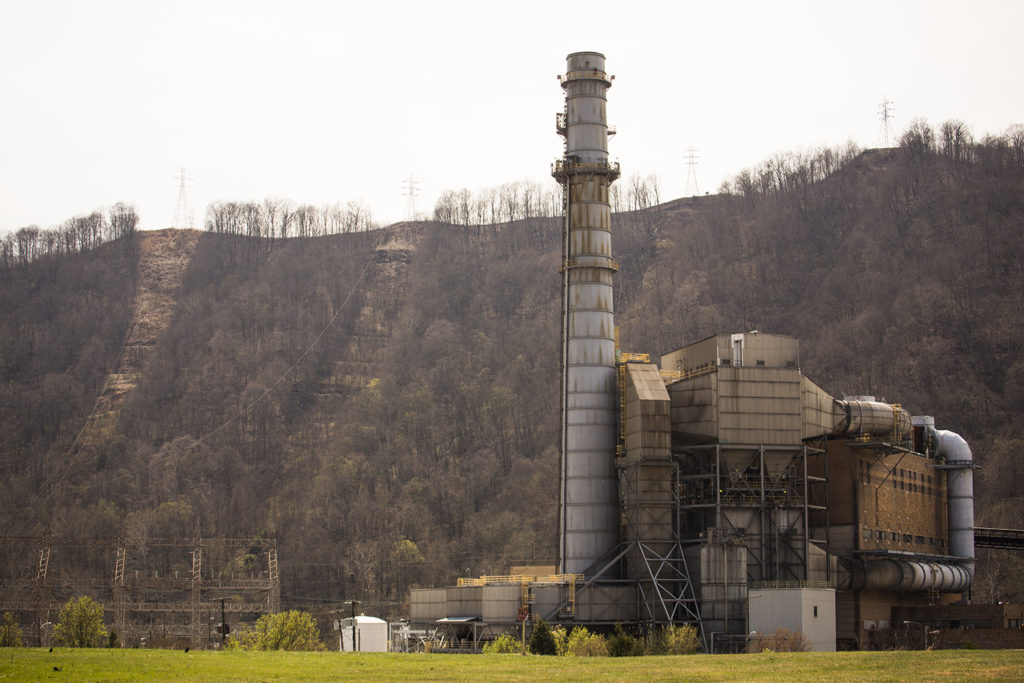
Demand for electricity is unlikely to rebound to pre-pandemic levels until 2022 at the earliest, forcing electric cooperatives and the utility industry overall to make tough choices, says a new report from CoBank.
“Energy market participants are used to volatility in supply, but not pronounced, fast-moving changes in demand,” wrote Teri Viswanath, lead economist for power, water and energy in CoBank’s Knowledge Exchange Division.
“Even now, after some local governments lifted stay-at-home orders, it’s clear that demand recovery to pre-pandemic levels will be slow. The longer this road to recovery, the more likely it is that structural change is inevitable.”
Here’s a look at some of the report’s other key findings:
1. Utilities shouldn’t count on higher residential demand to continue.
An increase in the use of electricity by residential consumers working and learning from home has helped soften the impact of plummeting demand from commercial and industrial customers reeling from the impacts of COVID-19. But that may soon change, the report warns.
“There are worrisome signs that this sector will also begin to weaken—as federal jobless benefits lapse, service disconnections won’t be offset by new service requests,” Viswanath wrote. “In particular, the prospect that one-in-five Americans has already been dislocated by the pandemic suggests an additional drag on total demand is coming before year-end.”
2. Coal-fired power plants may close at a faster rate.
Coal generation’s share of the energy market has been decreasing since 2010, but the pandemic may speed up that trend, the report says. During the second quarter of this year, the declining demand “has largely been borne by U.S. coal-fired power plants.” This segment of the power supply has fallen a record 31.4% over the same period last year, according to the Energy Information Administration.
“The pandemic has intensified fuel competition and accelerated this development—possibly fast-forwarding what would have otherwise been a decade-long cycle of energy transition,” Viswanath wrote.
3. Utilities must tighten their belts to survive.
With the federal government unlikely to provide a broad bailout, the utility industry is looking to itself for solutions, the report says.
“All told, it appears at the moment that traditional prescriptive relief for suppliers—namely, accelerated load recovery, higher wholesale power prices, or rate relief—might not be available this time around,” the report says.
“This suggests to us that the power sector will likely need to make tough choices to navigate the pandemic. The available avenues for upstream adaptation start with belt tightening. Namely, shifting or deferring capital spending and reassessing underutilized assets are in order. More to the point, the prospect of a sustained drag on demand might fast-track coal unit retirements as owners simply find the operating overhead too costly.”
Erin Kelly is a staff writer at NRECA.